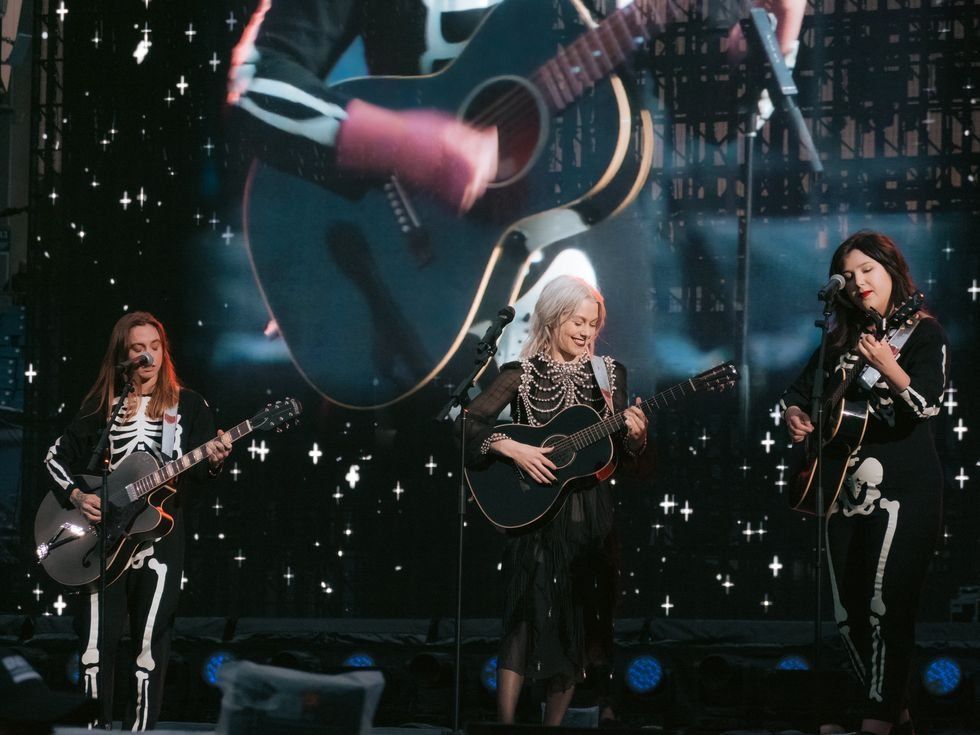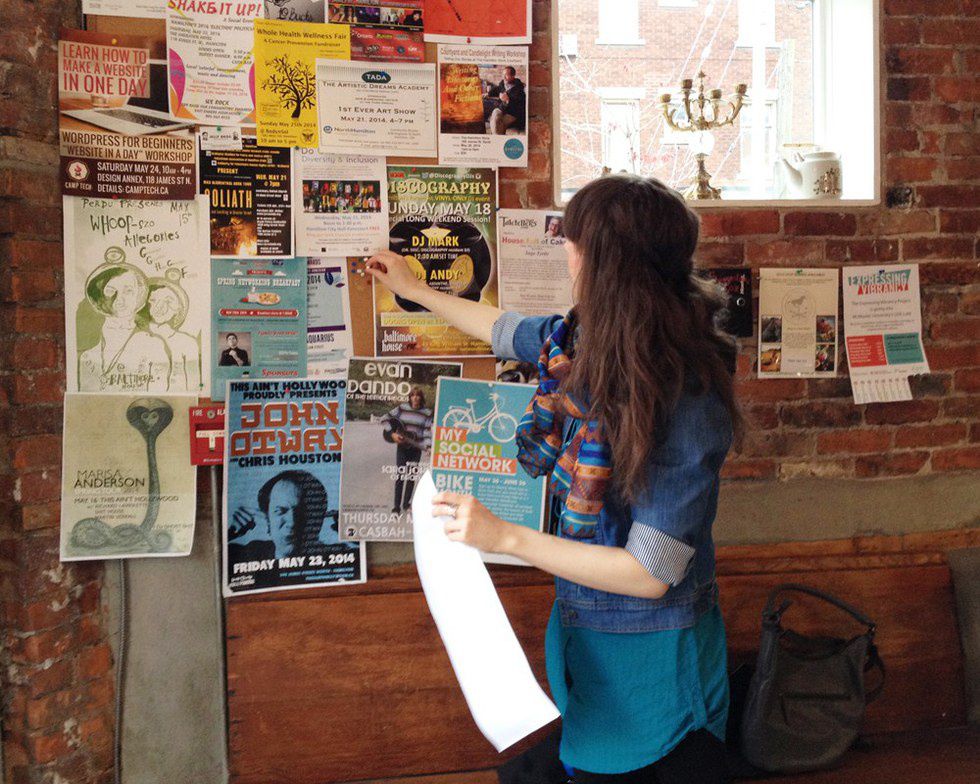I’ve written several articles recently about the continual decline of the United States as it compares to that of the Late Roman Empire, but although this is indeed a dire subject, it doesn’t involve the downfall of all human civilization and society. No, an American collapse would just lead to another Dark Age, one made markedly shorter by the presence of things such as Wikipedia and general literacy.
No, there is another threat out there, something supposedly innocuous that looms behind our everyday lives. As Anubis evaluates our worth, our right to enter the world of the dead, our collective heart is balanced on the Scales of Judgement against Ma’at, the ideal of truth in the form of a single feather. But our heart is weighed down by the use of the most vile, most repugnant invention of our dismal, troglodytic civilization:
The Mercator map projection. You laugh, of course, but know this, heathen: our place in hell has already been reserved.
All vitriol aside, map projections are an incredibly important facet of geography and cartography. There are literally thousands of them, all dependent on the parts of the world they aim to best describe. The problem that lies at the heart of cartography is that the world is a sphere. Unless the map in question is a globe, it’s difficult to properly represent the shape of the world on a flat surface. As a result, map projections have to find the best way to rearrange the globe so it fits recognizably on paper.
For much of human history, this hasn’t been an issue. The problem took hold during the age of European expansion and colonization. Most maps before this were relatively inaccurate, relying on rough calculations of latitude and longitude (the horizontal and vertical lines representing distance from the equator and time distance from the Prime Meridian, respectively) combined with sailors’ descriptions of the shapes of land masses. Measuring latitude was, and is, relatively simple, as a sailor could compare the sun’s height at noon to its height at other latitudes to determine how far north or south of the equator his ship was. Longitude was difficult because measuring it requires comparing the time difference between the current location and a pre-determined origin point, usually a ship’s home port at the time. This was incredibly difficult to accomplish without accurate timepieces, so must ships would simply sail to the latitude of their destination before turning in its direction and following a straight course until they reached it, a practice referred to as running down a westing/easting, depending on which direction as being sailed. This prevented the ship from taking the most direct route, which would be curved like modern air routes, but worked well enough for the time. We’ll get back to this in a moment.
Besides their inaccuracy, and the expense of paper or parchment, most maps represented relatively small areas of the globe that are easy to project on a flat surface. For a map depicting Europe, very little alteration must be made to end up with a discernible, understandable image of the continent that is roughly the same area and shape as it would be on a globe. The measurement of longitude is relatively irrelevant at this smaller scale. When European colonies began popping up on other continents, sailors needed maps that portrayed much larger areas. The problem with map projections stemmed from this combined with the inability to accurately measure longitude.
In 1569, the Flemish geographer and cartographer Gerardus Mercator designed a map for use by sailors. It has since become the most often used projection in the world in casual settings (Real cartographers use better maps). Taking into account the practice of running down a westing, Mercator’s map was designed to do away with all curves and display the Earth as squarely as possible in the areas most frequented by ships, at the time being around the equator and mid-Atlantic. To do this, he had to modify the Earth’s shape from sphere to rectangle, straightening longitude lines as accurately as possible along the frequented shipping routes. As a result, Mercator projections display land areas less and less accurately as they move away from the equator, both north and south. Around the equator the projection is very accurate, but land masses widen as the map approaches the poles, at which point the map approaches an infinite increase in size. This makes it essentially useless past 70° north or south of the equator.
The result of this all is that the Mercator projection makes Greenland, Russia, Alaska and Antarctica look absolutely enormous. If you look at a Mercator map, Greenland appears to be approximately the same size as Africa. In reality, when the longitudinal stretching is eliminated, Greenland is fourteen times smaller, and is comparable in size to Algeria. Alaska looks to be the same size as Brazil, but in truth almost five Alaskas could fit inside Brazil. There's a wonderful website that allows you to experiment with this called "The True Size."
The problem with this was addressed very well in Aaron Sorkin’s brilliant TV drama The West Wing, of all places. In one episode, a group called “Cartographers for Social Justice” exhorts the White House staff to switch to a different map projection. They reason that humans naturally equate size with importance, and as a result the Mercator projection – aside from its state as a product of imperial expansion – contributes to Euro- and America-centric attitudes. Europe and America are larger, and therefore more important, than the deceptively small continents of Africa and South America. As a result, we place undue importance on the northern regions, ignoring the apparently irrelevant equator. The scene is available in its entirety on YouTube.
I don’t have any such lofty goals in this article. I’m not going to make the case that the Mercator projection contributes to lingering imperialistic attitudes or social inequality. I’m not going to say that it’s some sort of conspiracy to keep Africa subdued.
I’m just going to say that I absolutely despise it, and I’m sure Anubis does too. Nowadays I mostly use the Mollweide projection. There are others of course, but it’s my favorite.
So if you ever find yourself looking for a map to use in the days to come, do your part to save our species’ collective heart from destruction in the reptilian jaws of Ammit the Devourer.
Don’t use a Mercator projection.






 Energetic dance performance under the spotlight.
Energetic dance performance under the spotlight. Taylor Swift in a purple coat, captivating the crowd on stage.
Taylor Swift in a purple coat, captivating the crowd on stage. Taylor Swift shines on stage in a sparkling outfit and boots.
Taylor Swift shines on stage in a sparkling outfit and boots. Taylor Swift and Phoebe Bridgers sharing a joyful duet on stage.
Taylor Swift and Phoebe Bridgers sharing a joyful duet on stage.













